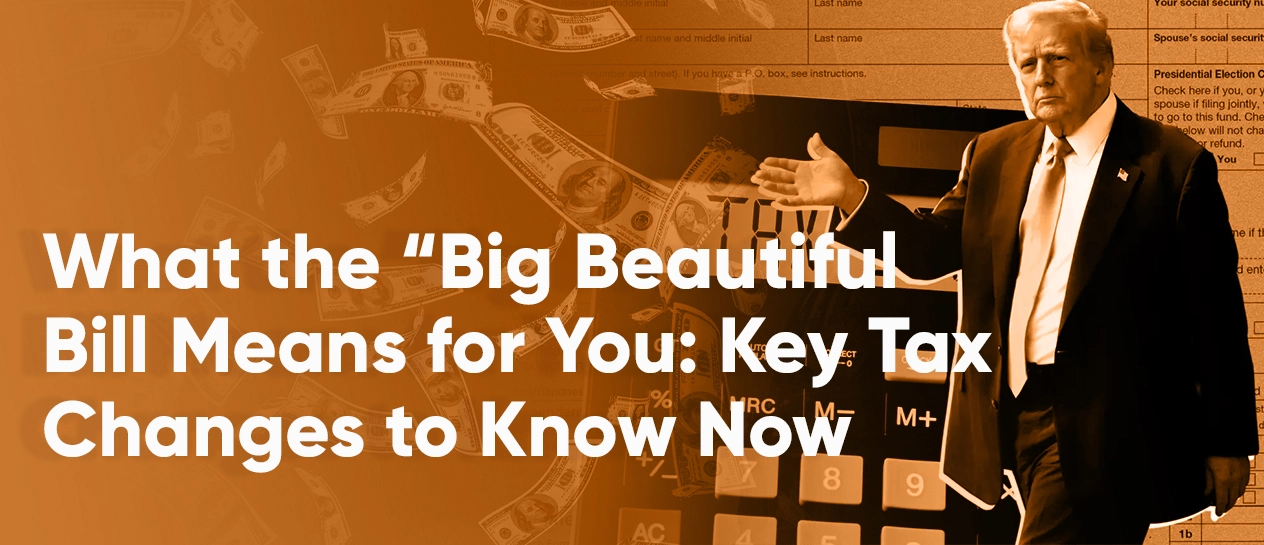New Form PF Requirement Underlines The Need For ‘Institutional Readiness’ for Smaller to Mid-Sized Hedge Fund Firms
Much of the talk in the hedge fund space in the past week or so has revolved around the new SEC rules requiring large hedge funds (those with assets under management of at least $1.5bn) to declare “the occurrence of certain reporting events that could indicate significant stress at a fund or investor harm,” and “certain extraordinary investment losses, significant margin and default events, terminations or material restrictions of prime broker relationships, operations events, and events associated with withdrawals and redemptions.”
Most of the hedge fund media out there, both the mass media and the trade press, covers the larger, household name hedge fund firms and funds, which makes sense for them because it probably drives more traffic to their websites. But there is a long tail in this industry, and the $1.5bn AUM threshold is a minority of firms, let alone funds – there are plenty of managers with multiple funds that remain well under the threshold, and will likely be for some time – so for the vast majority of managers, this new development isn’t something to be alarmed about.
But I do think that this highlights something that I feel strongly about, and that’s the benefit to a manager of being ‘institutional-ready’. I’m far from the only one that preaches this, of course. But there is a lot of evidence out there that shows that more assets flow to the larger, more established managers than their newer, or smaller (or both) peers. And there is also plenty of data out there that points to the emerging or niche players outperforming the larger ones. So, the only reason for the asset flows trend can be comfort / perceived risk – the whole ‘no-one got fired for buying IBM’ mantra.
Investors in larger hedge funds will now receive, within 72 hours, a communication from their hedge fund managers when one of the abovementioned events occurs. No investor will want to receive any of these communications. But if something goes awry, at least they’ll get notified and they can take whatever action they deem appropriate – or none, if they don’t see whatever happens as a big deal.
Whilst some say that this new regulation will increase the cost and operational burden on hedge fund managers – which is probably true – I wouldn’t be surprised if this acts as a tailwind to asset flows to the larger managers, as investors generally want as much transparency as possible. Time will tell if that ends up being the case, but if it does, then it’s another selling point for the larger firms, and thus, another hurdle that the smaller to mid-size firms will need to clear.
Those managers that don’t meet the threshold but do take more proactive steps to increase transparency and improve investor communication will likely move up the list during the due diligence process; the benefits to smaller and emerging managers of being ‘institutional-ready’ seem to continue to increase.



